Image above: Francesca Woodman.
(April 3, 1958 – January 19, 1981) Born in Boulder, Colorado, Francesca Woodman was a young Ameri- can photographer whose death was marked with rumors about the romantic and professional chagrins that drove her to fatally jump out of a loft window when she was just 22 years old. The substantial body of work left behind by Woodman includes self portraits and female nudes (most-ly medium format), a few videos, and several artist’s books, with surrealist and gothic influences seen throughout. Distortion and gradation of movement are captured on film, with slow shutter speeds and long exposure times. Silence echoes from one empty, deteriorating room to the next in Woodman’s photos , amplifying her subjects’ often subtle, poetic movements: ephemeral figures that suggest es- cape from the burdens of physical being.
A wideeyedyoung artist seeking heights, Woodman moved to New York after graduating from the Rhode Island School of Design in 1978, with ambitions of meeting and apprenticing with one of her greatest influences, DeborahTurbeville, whose eerie, romantic work easily made her one of Woodman’s idols; Turbeville was also among the few photographers who were able to establish their identities in the fine art world while dominating the mid-seventies fashion scene, striking the difficult balance between both. In her essay, Francesca Woodman: Another Almost Square, A Fashion Photograph, Alison M.
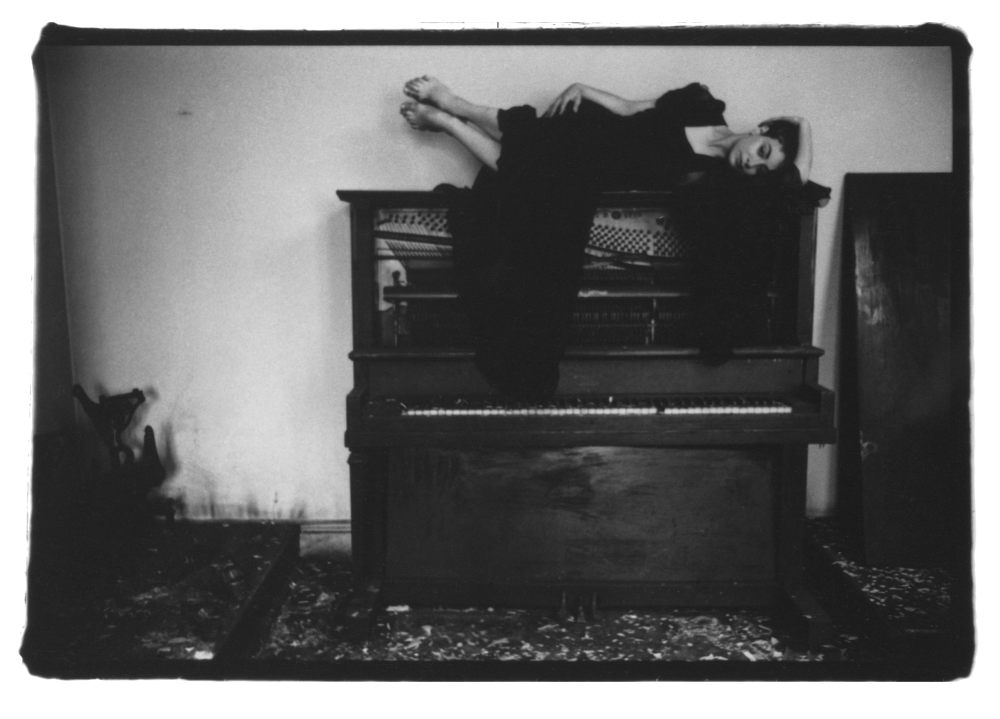 ©Francesca Woodman (Untitled, New York, 1979-1980).
©Francesca Woodman (Untitled, New York, 1979-1980).
Gingeras looks at a portfolio of images found after Woodman’s death. Inside thecover of this portfolio, “Francesca Woodman for Deborah Turbeville” is etched in pencil. The first five images are captioned with the following “professional plea”:
call me as soon as
you can. I am
anxiously awaiting
your reply
call collect 401 274 4184
Gingeras also points to Man Ray as “perhaps the most important reference point when it comes to dis- cussing the issue of ‘fashion’ and its relationship to Woodman’s autonomous art practice. He was able to infuse his fashion shoots and portrait commissions with the formal and conceptual concerns that were central to his ‘real’ art practice.” Woodman goes a step further than Turbeville and Ray in push- ing the artistic parameters generally imposed by fashion clients.Often playing both photographer and model in her fashion images (highly unusual in the industry), she fixes surrealist elements into every photo: hands or feet suggest fleeting moments of contact with taxidermied animals, her body climbs the side of a wall, plays with draped textiles, and seems to float over a piano.
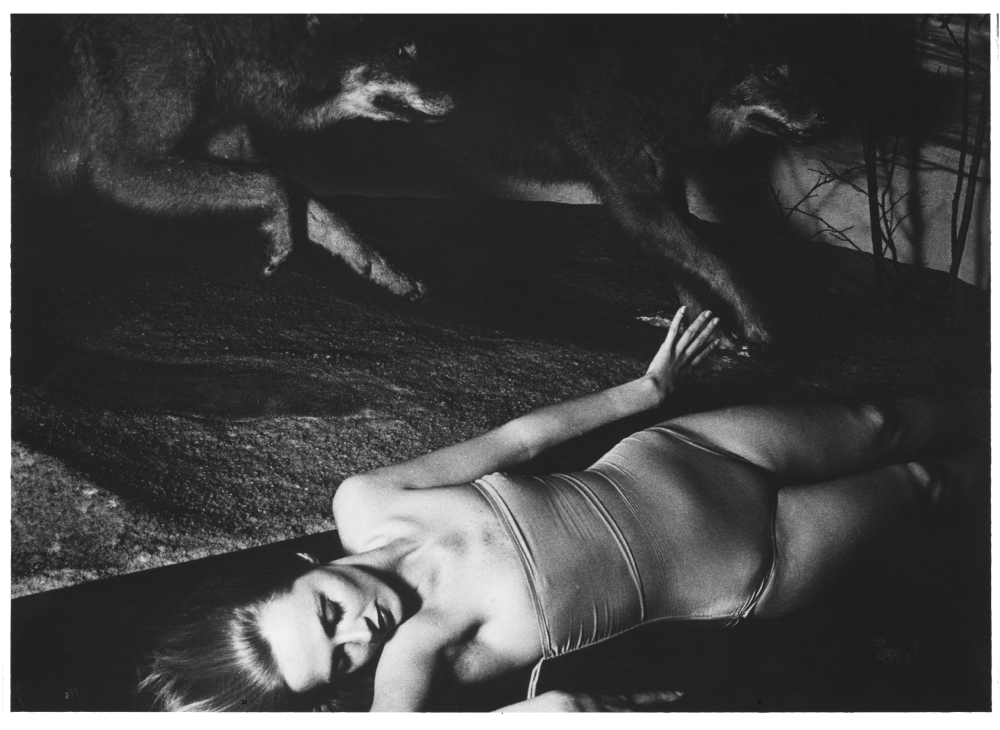 ©Francesca Woodman (Untitled, New York, 1979-1980)
©Francesca Woodman (Untitled, New York, 1979-1980)
Seeing what Turbeville and few other photographers had achieved, inspired Woodman’s thirst for dual success in fineart and fashion. In wondering whether Woodman would have eventually gained real weight in the fashion world, Gingeras quotes American writer and filmmaker Susan Sontag: “... to be beautiful also means measuring up to a norm or a rule (‘fashion’)”, norms and rules that Wood- man would most likely have challenged and redefined for herself. Woodman’s inability to resist self performance in her fashion images also betrays her fine art background, which always included an interest in “fanciful dress”.
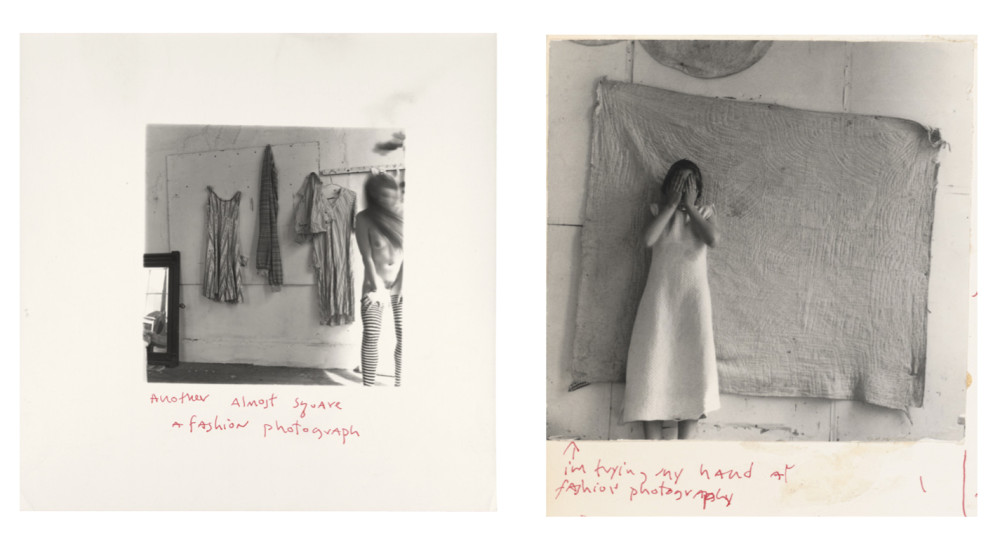 ©Francesca Woodman (Left: Another almost square fashion photograph, Providence, Rhode Island, 1975-1978; Right: I’m trying my hand at fashion photography, Providence, Rhode Island, 1977).
©Francesca Woodman (Left: Another almost square fashion photograph, Providence, Rhode Island, 1975-1978; Right: I’m trying my hand at fashion photography, Providence, Rhode Island, 1977).
The masters of her time walked a fine balance between fine art and fashion photography. Society’s per- ceived needs and ideas of beauty have expanded with advancing technology, which easily turns desires to needs and promotes more diversity in taste and preference. Beauty has been intellectually dissected and immortalized in everything from literature and religion, to paintings and photographs. Technology has further commercialized that adulation, even creating lucrative careers for professional narcissists who promote endless variations of beauty: a phenomenon that insists self marketing is a respectable art. Vanity is no longer seen as just a fixation with one’s many reflections; it has acquired positive connota- tions of self assurance and openness, considered marketable skills in the social media sphere.
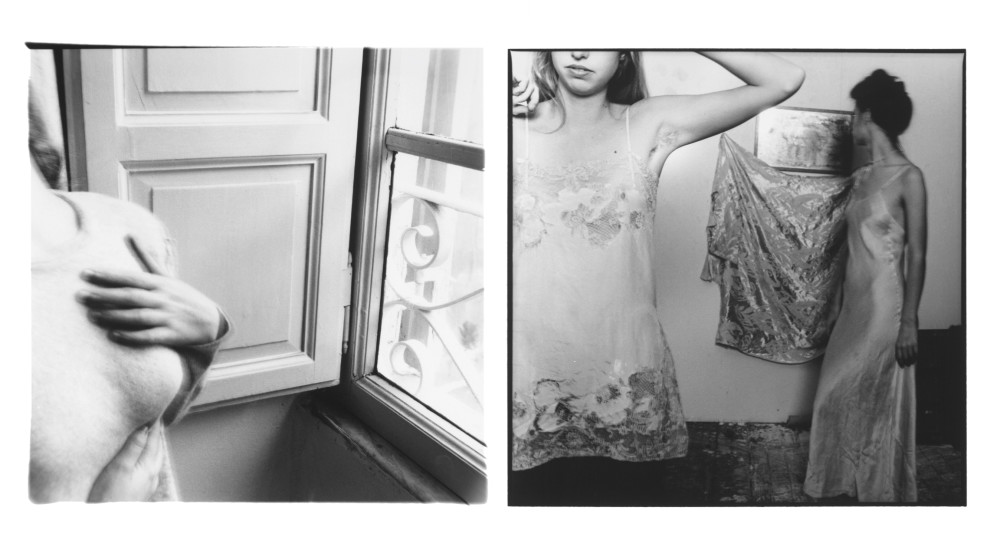 ©Francesca Woodman (Left:Untitled, Italy, 1977-1978; Right: Untitled, New York, 1979-1980)
©Francesca Woodman (Left:Untitled, Italy, 1977-1978; Right: Untitled, New York, 1979-1980)
The focus on vanity’s virtue has eclipsed traditional tales that warn of its vices, but the traps are still there. Constant and habitual access to our physical reflections, along with growing capabilities to edit and distort those reflections, increasingly blur the distinction between escape and reality. As an escape, vanity nurtures unrealistic expectations of the self, all the more easily transformed to the modern eye’s fancy, with digital paint brushes to airbrush every pixel and pore. The balance between healthy doses of self love and excessive self worship is a sensitive pendulum, with Narcissus and Dorian Gray loom- ing on the other side of the mirror, or camera. The face in the portrait begins taking over when the ego begins to bask in the attention attracted by the two dimensional persona.
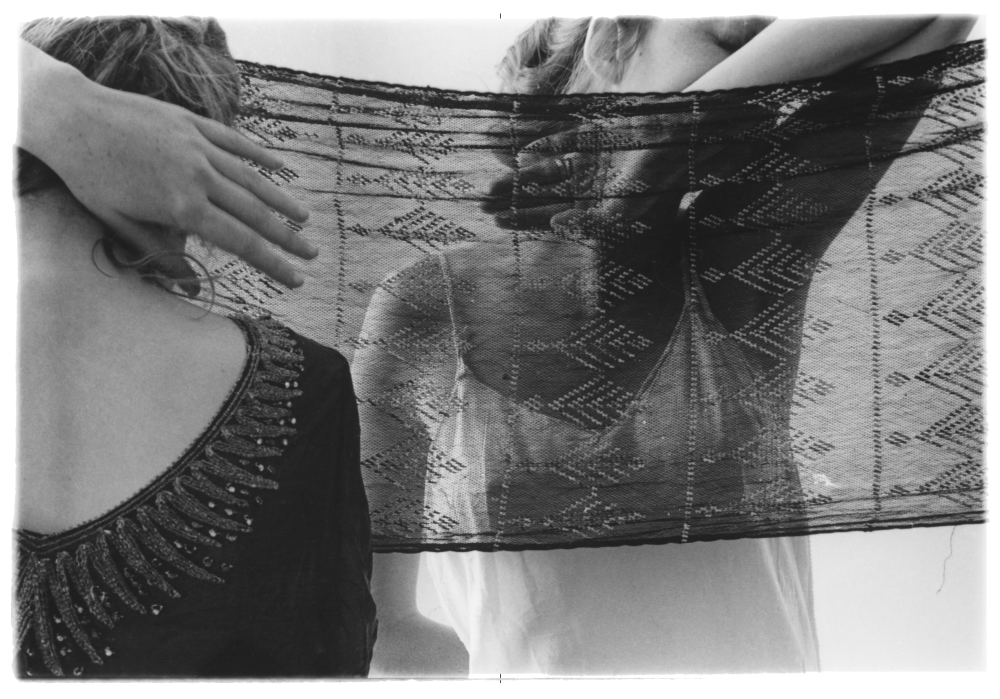 @Francesca Woodman (Untitled, New York, 1979-1980).
@Francesca Woodman (Untitled, New York, 1979-1980).
Perhaps as Woodman fell deeper into the reality she scripted on film, actual reality fell shorter in con- trast. By putting herself in front of the camera and becoming a subject in her own staged environments of haunting beauty and skewered reality, the artist physically became the otherworldly reflection envi- sioned in her mind, reflections which suggest a strong desire to withdraw from the real world, while simultaneously exhibiting her body as a remote glimpse into the her preconscious. Each black and white square of print projects all the different reflections of Woodman’s body and mind, dropped into seem- ingly random, minimalist backgrounds that reinforce the sense of being led into a dream within a dream. Can the artist play him or herself and wade in the lake of Narcissus without drowning? Sometimes the artist wants to drown, in the way actors often go to extremes to embody the physiology and psyche of their characters. Woodman’s work is considered timeless because of its purity in that sense: the fact that the landscapes she created were entirely self constructed and authentic to her vision, a total im- mersion into her microcosm of disturbed paradise. Slowly emerging posthumous works from Wood- man’s short lived career, curated by her family, continue to create a space for her in the present, and are now immortalized in books and galleries, graced with eternal lingering attachments to her shadow, to be found somewhere between the world she left behind and the world that keeps her alive.
by Lana J. Lee
All images Courtesy Marian Goodman Gallery, New York.


